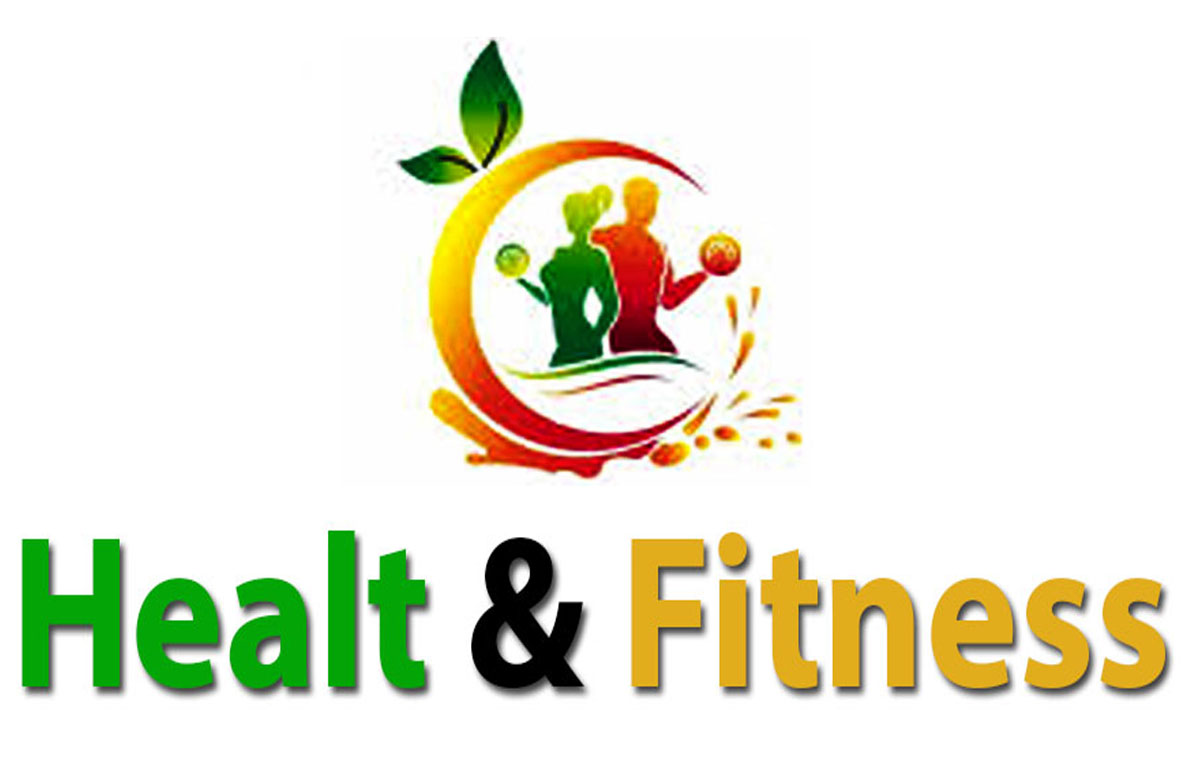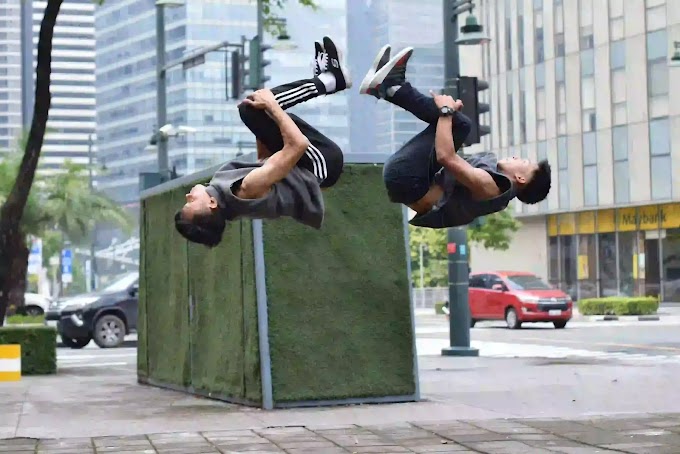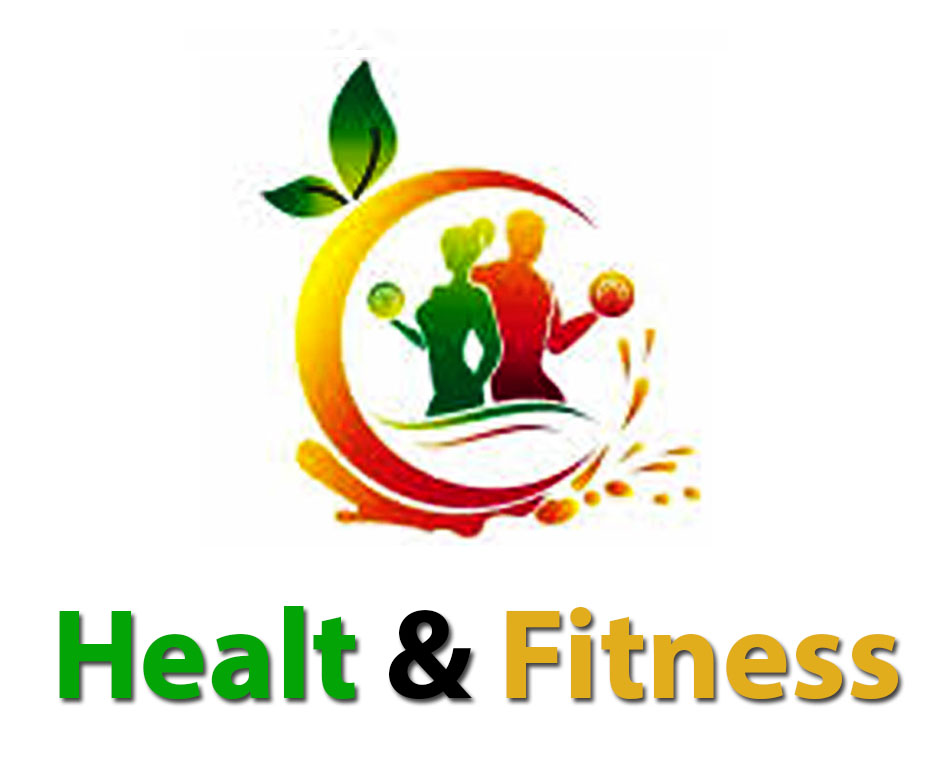Paddle Sports Fitness: Gear and Techniques for Kayaking and SUP
Paddle sports such as kayaking and stand-up paddleboarding (SUP) offer incredible fitness opportunities. Whether you are a novice or an expert paddler, knowing what equipment you need and how to stay fit will help you have more fun on the water and get in better shape.
Essential gear for paddle sports
Kayaks and SUP boards come in many varieties, catering to different skill levels and water conditions. Selecting the proper paddle requires careful consideration of elements like material, weight, and blade design. A safe and enjoyable experience on the water is ensured by safety gear like helmets, leashes, and life jackets.
Paddles: Invest in a light and durable paddle that is suitable for your height and paddling style.
Life Jacket (PFD): Always wear a properly fitted personal flotation device.
Clothes: Board shorts and rash guards with sun protection and quick-drying materials.
Footwear: Well-traction sandals or water shoes.
Safety Gear: a whistle, a signaling device, and a first aid kit.
Kayak/SUP Board: Choose the right type and size based on your skill level and intended use.
Onboard accessories: attachments like deck rigging, GPS mounts, or waterproof cases for gadgets.
Waterproof Gear: Invest in a dry bag or case to protect electronics and essentials.
Techniques of Kayaking and SUP:
Kayaking:
Pedal Grip: Hold the pedal with a relaxed grip, alternating with each stroke.
Posture: For improved paddling technique, sit up straight, tense your core, and loosen your shoulders.
Forward stroke: Rotate your torso and use the core muscles for a powerful stroke, pulling the blade back and forth in a straight line.
Turning: Use sweep strokes or edging techniques to turn the kayak smoothly.
Bracing: Learn how to brace to prevent capsizing in rough water.
Stand-up Paddleboarding (SUP):
Position: Stand in the center of the board with feet shoulder-width apart and knees slightly bent for stability.
Paddling technique: Use a long, smooth stroke, engaging your core muscles.
Turn: To turn, pedal more than the other direction or use backpedaling.
Balance: Practice balance by paddling in calm water before moving on to more challenging situations.
Fall Recovery: Learn how to safely fall off your board and get back up quickly.
Fitness Training for Paddle Sports:
Core Strength: Develop core muscles for stability and power in the stroke.
Endurance training: Increase your endurance by swimming, jogging, or cycling.
Upper Body Strength: Focus on the arm, shoulder, and back muscles for better paddling power.
Balance training: Incorporate exercises like yoga or balance boards to improve stability in the water.
Advanced Technology:
Kayaking:
Rolling: Master the Eskimo roll—a technique to right without exiting a capsized kayak.
Bracing Variation: Practice high and low bracing for different water conditions.
Advanced Strokes: For exact technique, master unique strokes like sculling, draw strokes, and reverse strokes.
Stand-up Paddleboarding (SUP):
Wave Riding: Explore catching and riding waves, requiring refined balance and paddling skills.
Pivot Turns: Master pivot turns for quick direction changes, useful for surfing or navigating tight spots.
Cross-stepping: Refine footwork by moving along the board while maintaining balance.
Special Fitness Routine:
Interval training: Incorporate high-intensity interval workouts to mimic the bursts of energy needed while paddling.
Particular muscle groups: Use resistance bands or weights to work on specific muscle groups such as the shoulders, arms, and core.
Flexibility Training: Stretching routines to improve flexibility and prevent muscle fatigue during long paddling sessions.
Environmental Awareness:
Leave No Trace: Practice responsible paddling by reducing your impact on the environment.
Wildlife Etiquette: Respect wildlife and maintain a safe distance when observing from your kayak or SUP.
Water Conservation: Participate in clean-up efforts or support organizations focused on water conservation.
Community Engagement:
Join a club or group: Connect with a local paddling club or online community to share experiences and knowledge.
Events and Competitions: To develop your skills and network with other enthusiasts, go to races, events, or what-is-up yoga classes.
Teaching and Mentoring: Consider teaching or mentoring newbies to share your passion and expertise.
Paddle sports fitness facility
Engaging in kayaking and SUP not only provides physical benefits but also contributes to mental well-being by reducing stress and promoting relaxation. The excitement of outdoor exploration and the bond with nature also enhance the whole experience.
Advanced techniques for experienced paddlers
For seasoned paddlers, exploring high-intensity interval training (HIIT) and mastering advanced stroke techniques can take fitness to the next level. Dealing with challenging water conditions also contributes to a comprehensive fitness routine.

Safety Tips:
Verify the weather: Be aware of the weather forecast before going out.
Stay hydrated: Bring water and stay hydrated throughout your paddling session.
Learn Self-Rescue Techniques: Practice how to re-enter your kayak or return to your SUP.
Inform others: Let someone know your paddling plans and estimated return time.
This is just the starting point! Depending on your level and interest, there is always more to explore in the world of paddle sports fitness.
Nutrition and hydration for paddle sports
Nutrition and hydration play an important role in optimizing performance and maintaining safety during paddle sports such as kayaking and stand-up paddleboarding (SUP).
Nutrition Tips:
Pre-Pedal Fuel: Eat a balanced diet rich in carbohydrates for sustained energy levels. Pick fruits, whole grains, and lean proteins.
Hydration: Start hydrating well before hitting the water. Aim to drink water or sports drinks with electrolytes to maintain hydration levels.
On-water snacks: Bring easily accessible snacks, such as fruit, nuts, or energy bars, so you can refuel during breaks without having to stop paddling.
Electrolyte balance: To avoid cramping and exhaustion, replenish the electrolytes lost through perspiration by ingesting sports drinks or electrolyte tablets.
Post-Pedal Recovery: Eat a meal with a mix of protein and carbohydrates to aid muscle recovery. Incorporate vegetables, whole grains, and lean protein.
Hydration Techniques:
Hydration Pack: Carry a hydration pack or water bottle attached to your kayak or SUP for easy access to fluids while paddling.
Sip regularly: Take small sips of water frequently to stay hydrated without feeling overwhelmed by excessive fluid intake.
Electrolyte balance: Alternate between water and sports drinks to maintain electrolyte balance, especially during long paddling sessions.
Monitor thirst: Drink according to your thirst level, but be proactive in maintaining hydration, especially in hot or humid conditions.
Post-Pedal Hydration: Continue to hydrate after your session to replace fluids lost while pedaling.
Considerations:
Weather conditions: Adjust fluid intake based on the weather. Hot days require more hydration, while colder weather can make you less aware of dehydration.
Pedal Duration: Prolonged pedals require planned hydration breaks to ensure sustained power and focus.
Individual Needs: Everyone's hydration needs are different, so pay attention to your body's cues and adjust your intake accordingly.
Avoid Overhydration: Staying hydrated is very important, be careful not to overhydrate, which can lead to hyponatremia (low sodium levels).
By maintaining proper nutrition and hydration strategies, you'll increase your performance, endurance, and overall enjoyment during kayaking and SUP adventures and ensure safety on the water.
Choosing the Right Position for Paddle Fitness
The quality of the paddling experience is greatly impacted by the locations chosen, which should be chosen according to skill level, environmental considerations, and conservation efforts.
Community and Social Aspects of Paddle Sports
Getting involved in paddle sports communities promotes a sense of community among enthusiasts by offering social connection, support, and inclusion.
Tips for beginners in paddle sports fitness
Starting with basic techniques, gradually improving skills, and seeking guidance can facilitate a smooth entry into paddle sports.
Choosing the Right Position for Paddle Fitness
The quality of the paddling experience is greatly impacted by the locations chosen, which should be chosen according to skill level, environmental considerations, and conservation efforts.
Community and Social Aspects of Paddle Sports
Getting involved in paddle sports communities promotes a sense of community among enthusiasts by offering social connection, support, and inclusion.
Tips for beginners in paddle sports fitness
Starting with basic techniques, gradually improving skills, and seeking guidance can facilitate a smooth entry into paddle sports.
Paddle sports offer an attractive and effective way to increase fitness levels while enjoying nature. Embrace these activities to unlock a healthy lifestyle while enjoying the joy of paddling.









